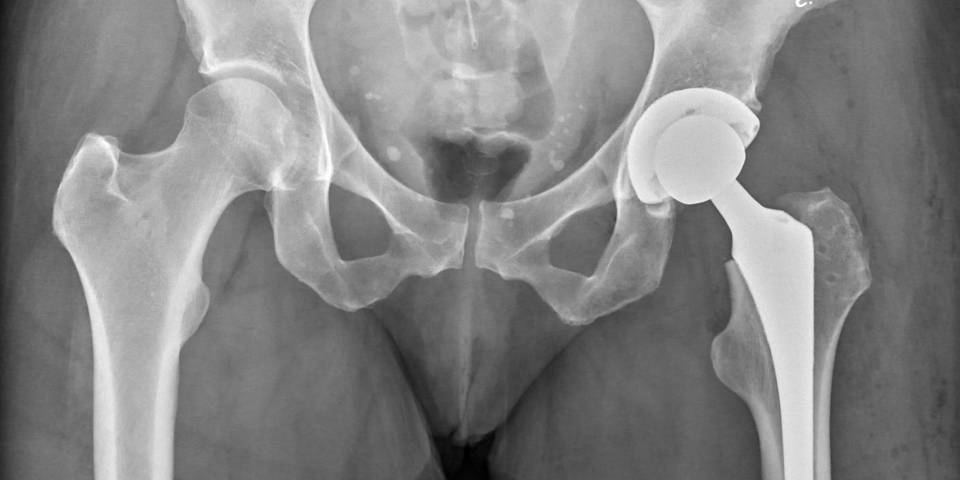- 11/04/2022
- by Dr. Ankur Kumar
- Latest Blog
If an injury or illness disrupts the normal functioning of the hip joint, it can result in pain and limited mobility. Many hip replacement techniques can relieve your pain and restore hip function. Find out what a hip replacement is and what types of treatment a hip joint specialist offers to help you perform daily exercises without pain.
What Is a Hip Replacement?
Hip Replacement or arthroplasty is a procedure in which the diseased parts of the hip joint are removed and replaced with a thin piece of tissue called prostheses. These parts mimic the function of a normal hip and can be made of plastic, metal, ceramic, or a mixture of these materials. The goal of hip replacement surgery is to improve the function of the hip joint and improve mobility by reducing pain.
The most common type of hip replacement is a sprain in the hip joint due to arthritis. Other conditions such as arthritis, atherosclerosis necrosis, and osteoporosis can also lead to hip fractures and the need for hip replacement surgery. In addition, athletes who engage in high-intensity activities – such as running or contact sports – are more likely to be depressed, making hip replacement the best treatment option.
Do You Need Surgery?
Your doctor may encourage you to try other options before recommending hip replacement if you are experiencing hip discomfort. These options include pain medication, staying healthy, exercising, or injecting steroids into the hip joint. You may need surgery if you are in pain and:
- Worsens with walking
- Persists despite pain medication
- Interferes with your sleep
- Affects your ability to go up or down stairs
- Makes it difficult to rise from a seated position
Hip Replacement Treatment:
Hip replacements are among the most common treatments performed by Dr. Ankur Kumar. The most common procedure is a Total Hip Replacement This is to replace a hip joint that is worn or damaged after a hip fracture or due to arthritis.
During surgery, parts of the hips that are worn or damaged are replaced with an incision. The hole is replaced by a permanent plastic cup, which may include a titanium metal shell. The femoral head is then removed and replaced with a metal or ceramic ball. The new ball is attached to a metal rod that is attached to the top of the femur.
How fast you recover after hip replacement surgery will vary depending on many factors, such as your general health and your physical condition before the surgery. For many people, most of their recovery occurs within the first few months after surgery. Keep in mind that the full recovery process continues as you become stronger and more active over time.
If you have had hip pain for a long time or are starting to see changes in hip function, many hip replacement methods can help you get back to a life without pain faster.



